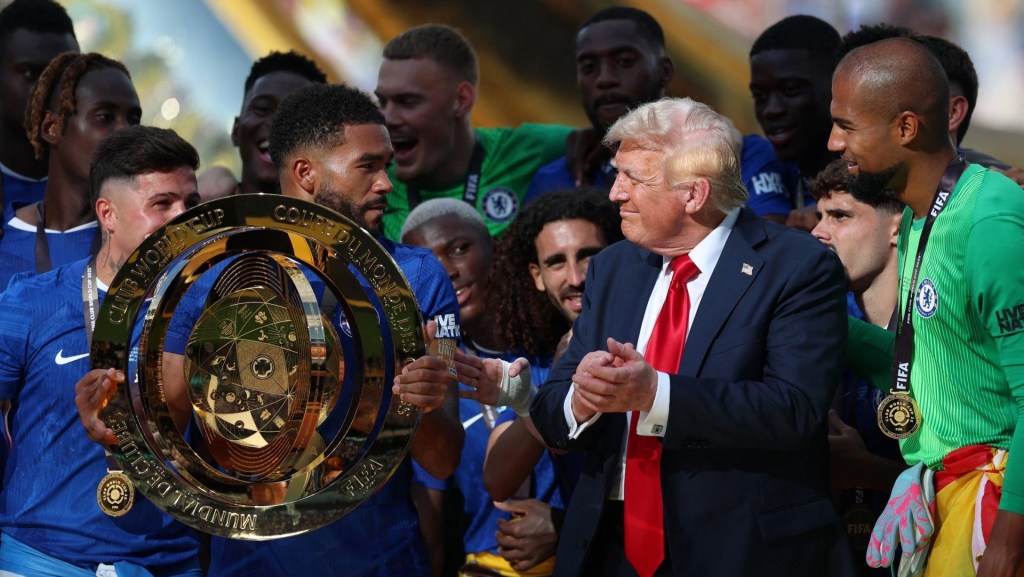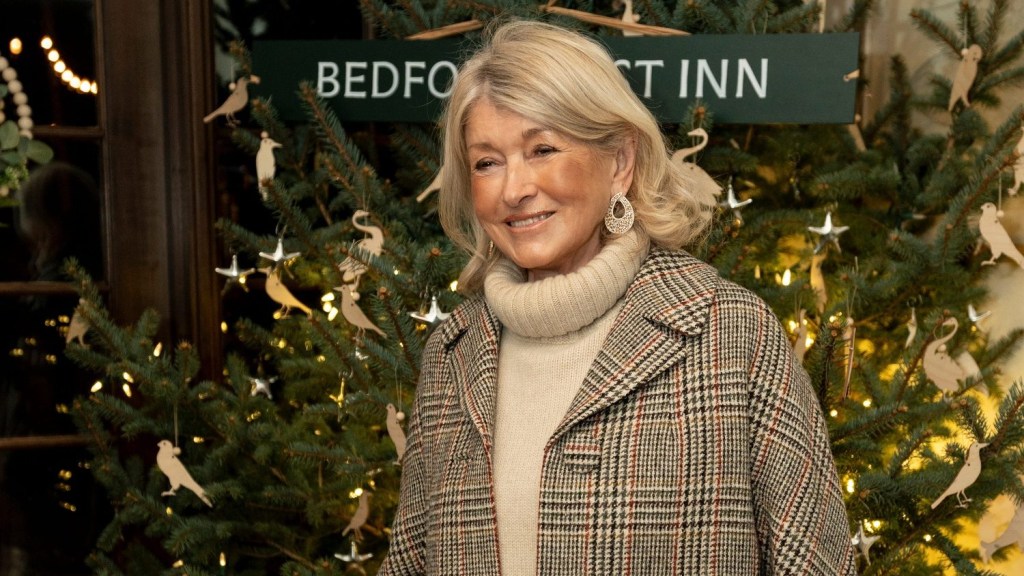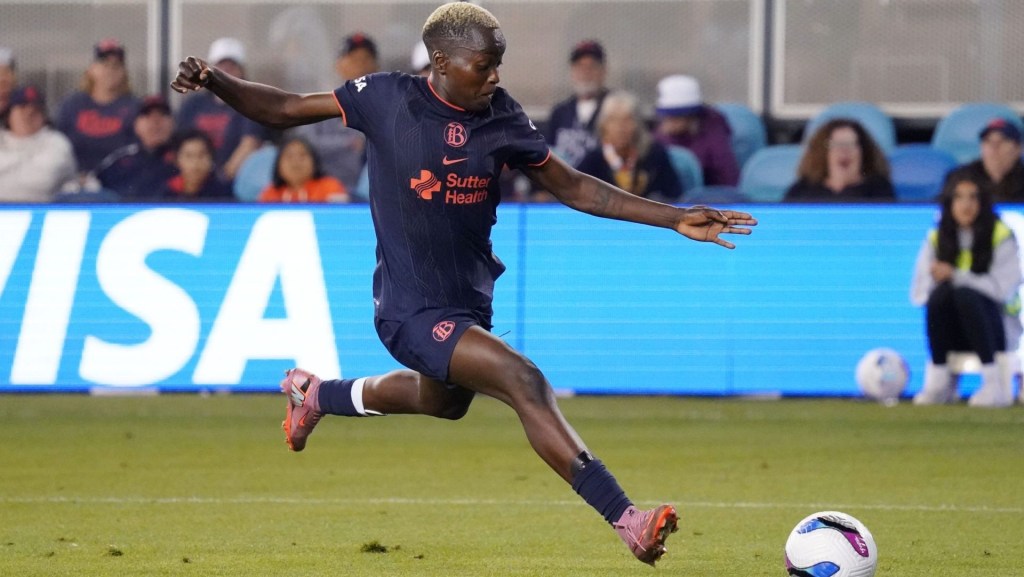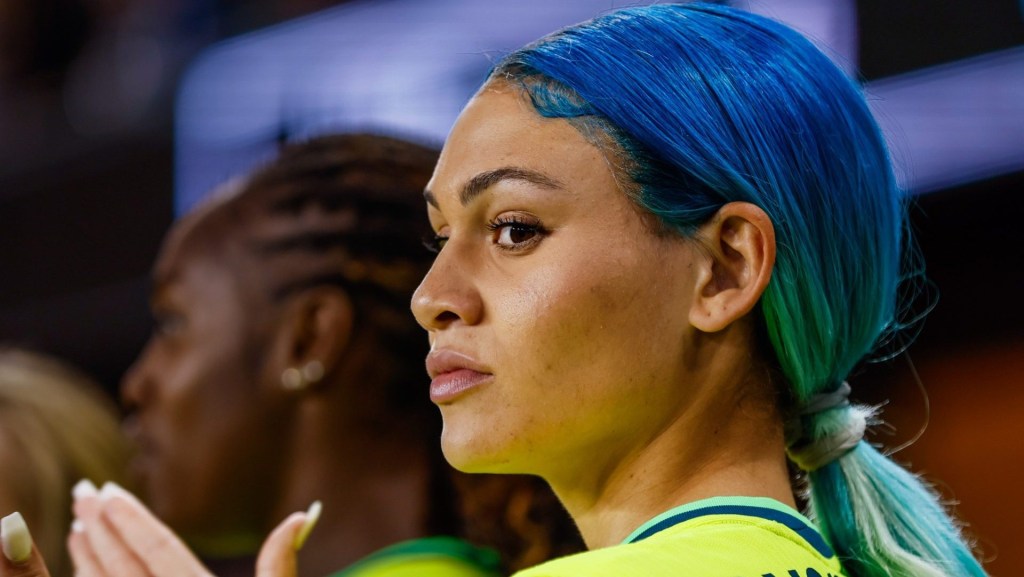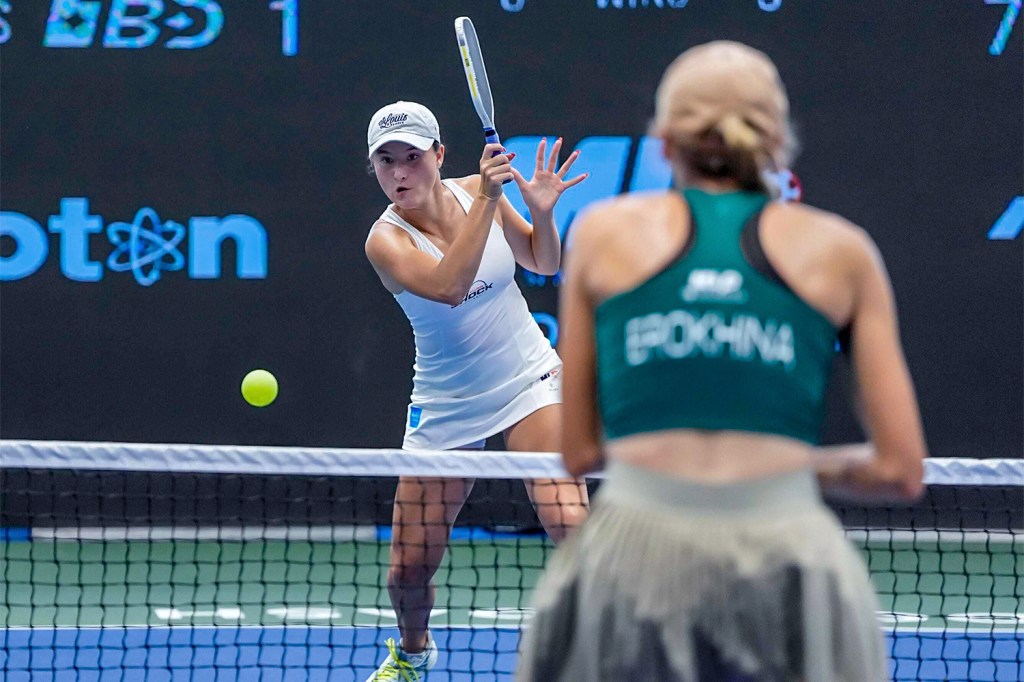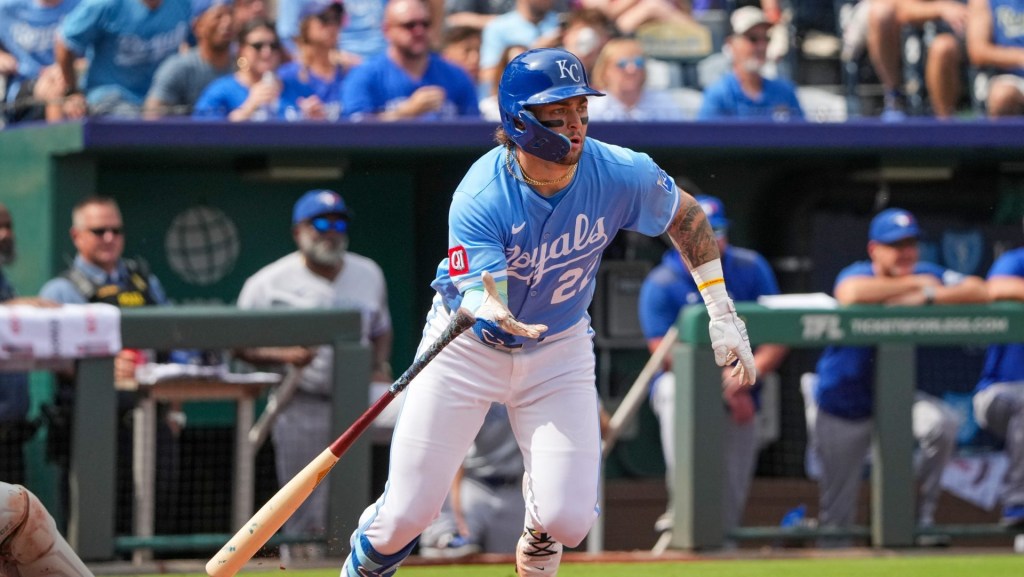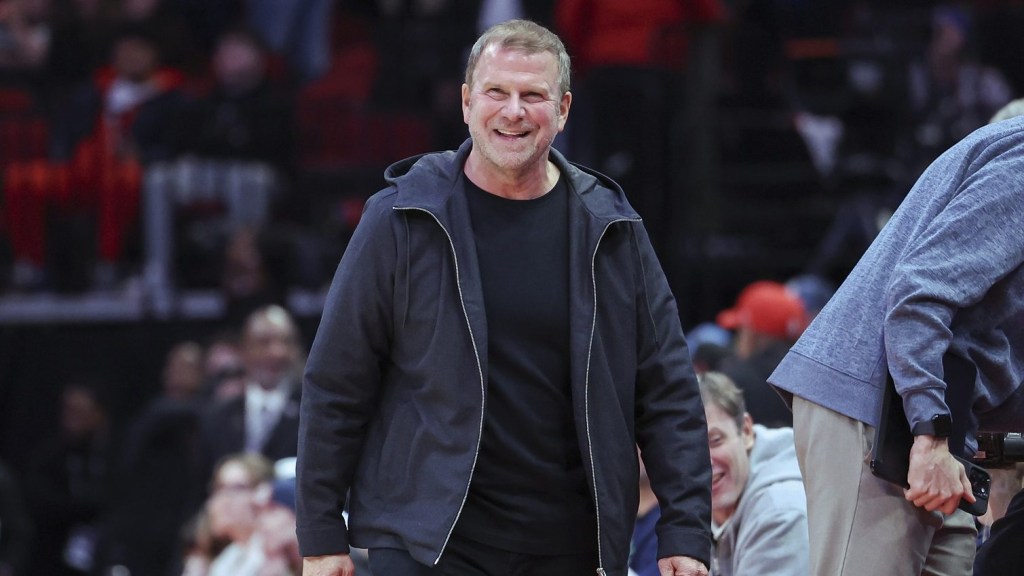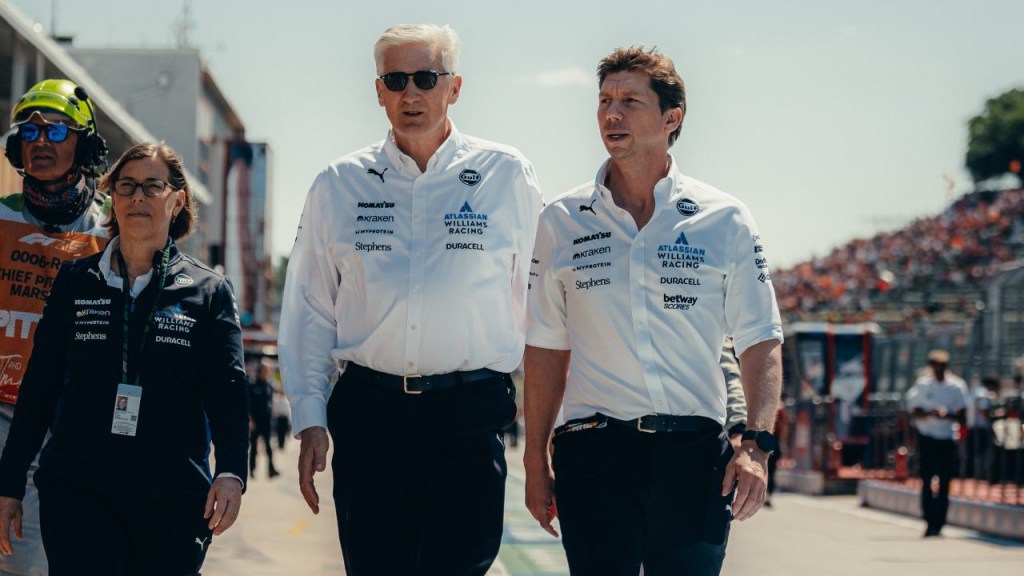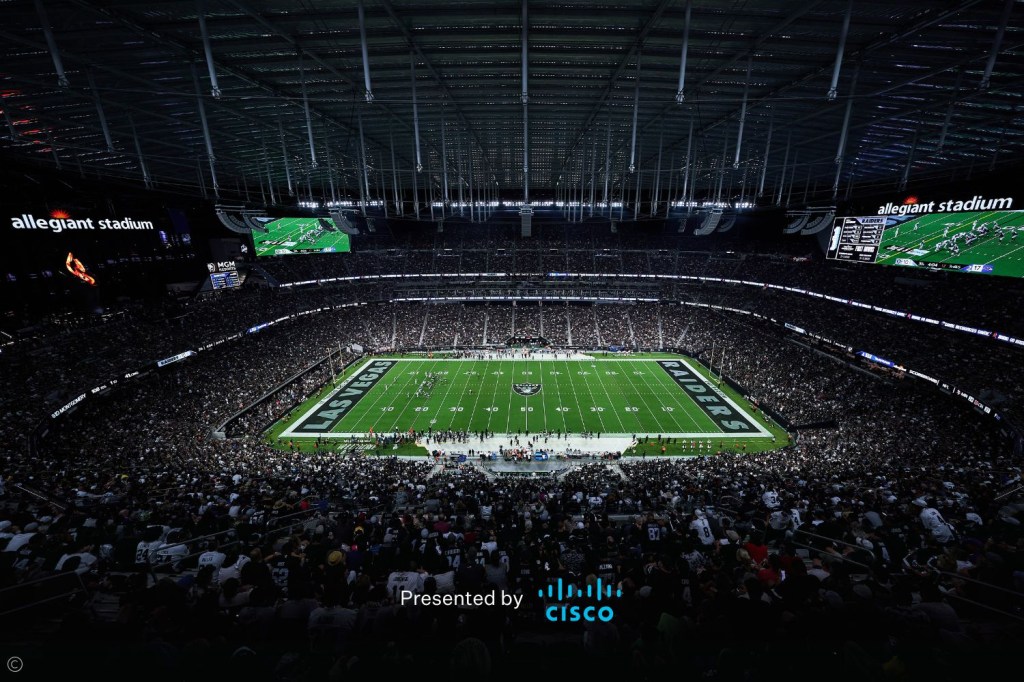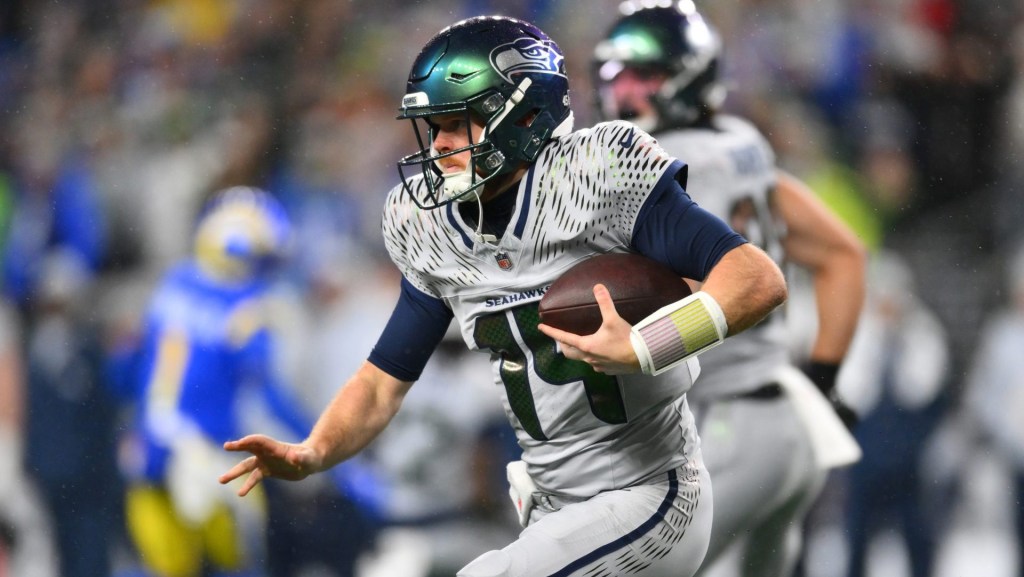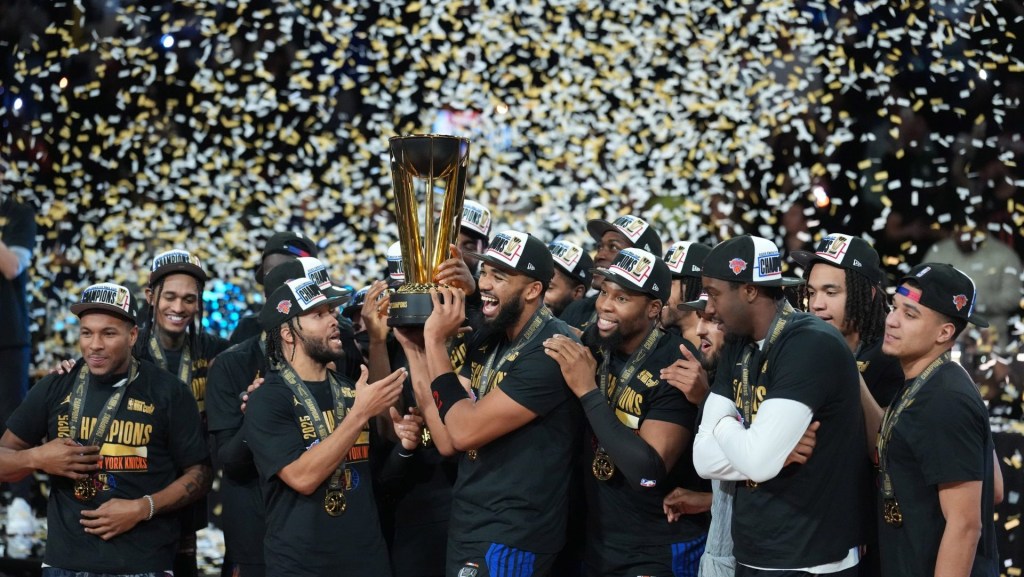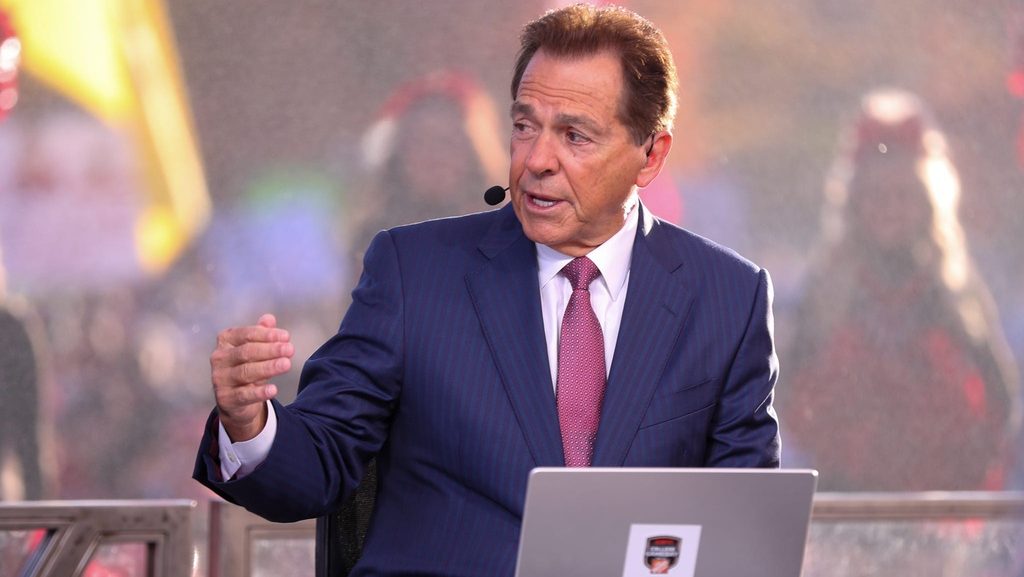They started from the bottom. Now, they’re one season—or promotion—away from the top of English soccer.
English soccer club Wrexham secured its third consecutive promotion with a 3–0 win over Charlton on Saturday. The club’s second-place finish this season in EFL League One means that next season it will compete in the Championship, the second rung of English soccer.
In 2021, Hollywood stars Ryan Reynolds and Rob McElhenney spent $2.5 million to buy Wrexham, a once-proud Welsh side languishing in the fifth tier of English professional soccer.
Investing in European soccer is an entirely different value proposition than American leagues due to the promotion/relegation system. In U.S. leagues, if teams finish the season poorly enough, they may just be able to draft the top prospect (see Cooper Flagg, for example). In Europe, if teams lose too much, they are demoted to a lower league, where gate receipts are lower and television appearances diminish.
But Wrexham had nowhere to go but up.
As the third-oldest professional soccer team in the world, Wrexham had a devoted fan base. What it needed was consistent investment. Financial difficulties pushed the club into the National League, where it stayed for more than a decade. A series of potential saviors had failed to stay the course.
So when Reynolds and McElhenney proposed buying the team, fans met them with a combination of skepticism and optimism, highlighted in the docuseries Welcome to Wrexham.
The celebrity owners wasted little time splashing out for players from higher divisions and hiring a well-regarded coach in Phil Parkinson, but the club failed to earn promotion in Reynolds’s and McElhenney’s first season as owners.
Then they got rolling, winning the National League the following year, then earning promotion out of League Two, and now League One.
While the players have certainly done their part, some of the credit goes to the team’s celebrity owners, who have kept pouring money into the team. In 2024, after the team secured promotion to League One, the owners shared plans to expand seating from 12,000 to 16,000 spectators and work toward a stadium that can seat 45,000 to 55,000.
The jump in leagues means a jump in revenue. In 2022–2023, League One clubs averaged £9.8 million ($13 million) in revenue, whereas Championship clubs averaged over £31 million ($41.2 million). That’s just a drop in the bucket compared to what’s at stake in the Premier League, where heavyweights like Liverpool and Manchester City get consistent television coverage and opportunities to square off against European competition.

